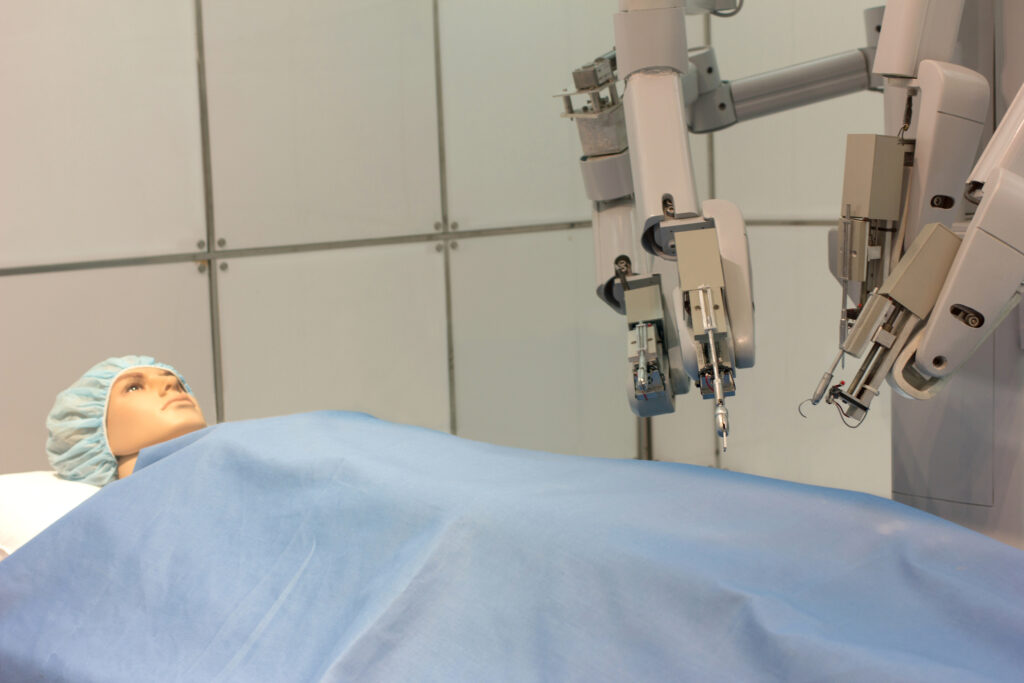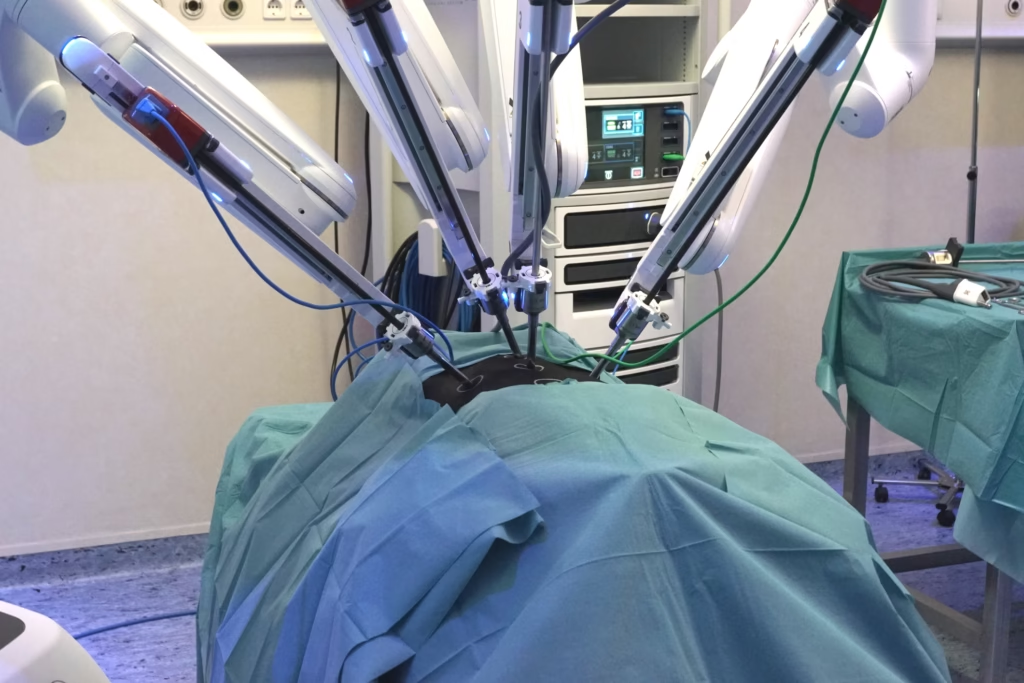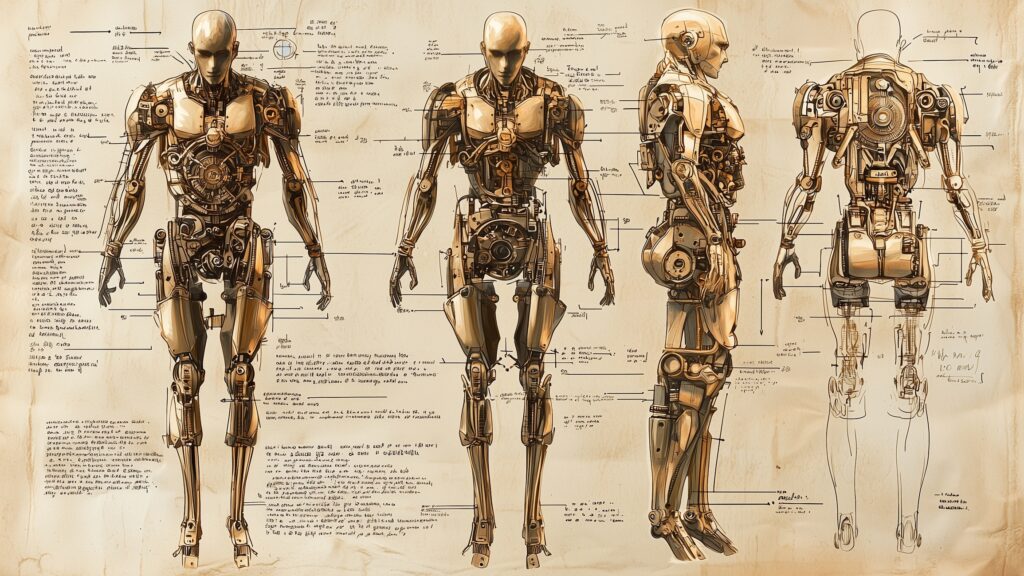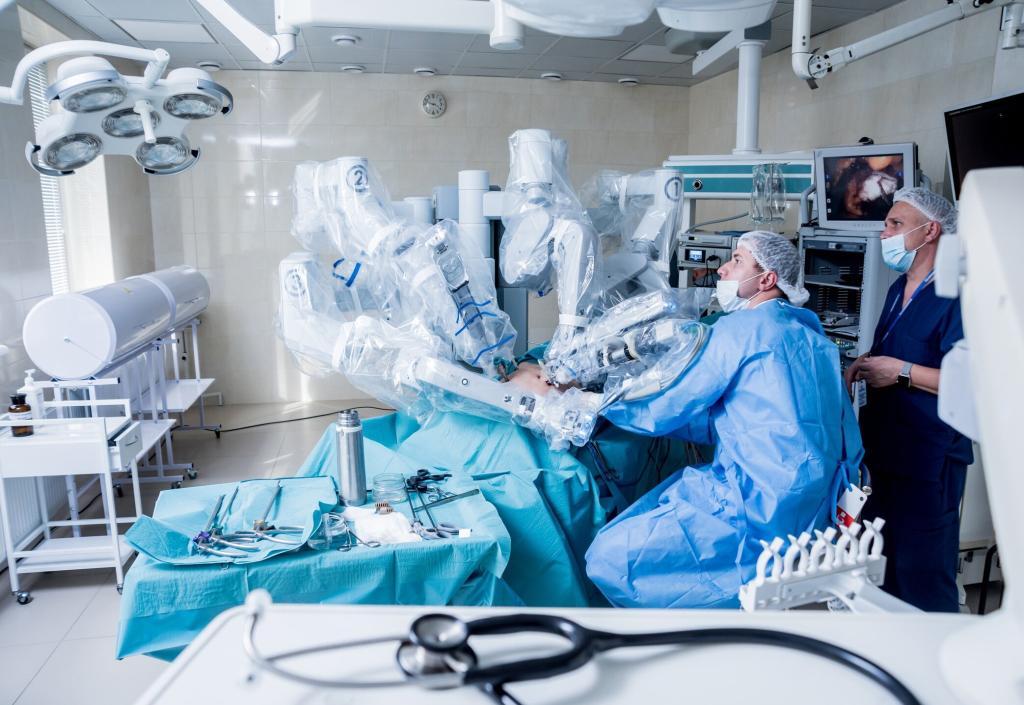Summary: Artificial intelligence has advanced from a supporting role in healthcare to a central tool in diagnostic imaging. In 2025, generative AI is transforming radiology by enabling automated reporting, anomaly detection, patient history summarisation, and predictive modelling. Regulatory bodies are accelerating approvals, leading to broader adoption in hospitals and clinics. Radiologists can now focus on complex cases, while AI handles routine diagnostics, thereby enhancing efficiency and patient outcomes.
Keywords: Generative AI, Diagnostics, Radiology, Medical Imaging, Anomaly Detection, Clinical Decision Support
From Supportive Technology to Essential Diagnostic Partner
Artificial intelligence first entered medical imaging as an auxiliary technology. Early systems were designed to assist radiologists with image analysis, offering preliminary insights that supported human interpretation. Over the past decade, however, the scope of AI has broadened considerably. By 2025, generative AI will have become an essential diagnostic partner. Rather than serving only as a background assistant, it is now integral to the decision-making process. Its capabilities extend beyond pattern recognition, encompassing the generation of structured reports, patient summaries, and even predictive assessments that guide treatment planning.
This shift reflects a larger trend in medicine where digital tools are not simply add-ons but fundamental drivers of efficiency and accuracy. As clinicians face rising patient numbers and increasingly complex datasets, the role of AI in diagnostics has become indispensable.
Automated Reporting and Workflow Efficiency
Generative AI has proven particularly effective in automating routine tasks such as diagnostic reporting. Traditional radiology requires clinicians to manually describe findings from imaging scans, a time-consuming process that is prone to variation and inconsistency. AI models, trained on vast datasets, can now generate consistent and accurate reports within seconds.
These automated reports adhere to clinical standards, thereby reducing the risk of errors and ensuring uniformity across cases. Radiologists benefit by being freed from repetitive documentation, allowing them to concentrate on complex and nuanced analyses. The net result is faster turnaround times, improved workflow efficiency, and a more streamlined patient care pathway. Hospitals adopting AI reporting systems have reported reductions in diagnostic backlogs, a significant advantage in healthcare systems under pressure.
Anomaly Detection and Early Intervention
Another critical advance has been the use of AI for anomaly detection. Generative AI models are trained to identify subtle irregularities in imaging data that may escape even experienced human eyes. These include early-stage tumours, minute vascular changes, and faint lesions that signal the onset of disease.
By highlighting such anomalies in real time, AI facilitates earlier diagnosis and intervention. This has profound implications for conditions such as cancer and cardiovascular disease, where early detection dramatically improves patient outcomes. Moreover, the capacity of AI to handle vast volumes of imaging data ensures that no case is overlooked, enhancing consistency in clinical practice.
Importantly, AI does not replace the radiologist but augments their work. It acts as an additional safety net, reducing the likelihood of missed findings and supporting evidence-based clinical decisions.
Summarising Patient Histories and Predicting Disease Progression
The ability of Generative AI to synthesise information extends beyond imaging. By integrating data from electronic health records, laboratory tests, and prior imaging studies, AI can generate concise summaries of a patient’s history. These summaries provide clinicians with an accessible overview that supports rapid yet informed decision-making.
Perhaps more significantly, AI is beginning to predict disease trajectories. By analysing historical patterns and correlating them with current findings, generative models can estimate how a condition may evolve. For instance, in neurodegenerative diseases, AI can forecast likely progression and provide guidance on appropriate interventions. Such predictive capacity is invaluable in tailoring personalised treatment strategies and improving long-term outcomes.
Accelerated Regulatory Approvals and Wider Clinical Adoption
One of the key developments in 2025 has been the acceleration of regulatory approvals for AI-driven diagnostic tools. In the past, the integration of new technologies into healthcare was slowed by lengthy validation and approval processes. Regulatory authorities are now recognising the value of AI in improving patient care and have streamlined their frameworks accordingly.
Faster approvals enable hospitals and clinics to adopt AI solutions more quickly. The integration of generative AI into radiology workflows is no longer an experimental endeavour but a mainstream practice. As a result, AI is being integrated into diagnostic systems across both public and private healthcare providers, thereby widening access and enhancing standards of care.
Radiologists Focusing on Complex Cases
The introduction of AI into routine diagnostics does not diminish the role of radiologists; instead, it reshapes it. AI increasingly handles routine scans, follow-up assessments, and standardised reporting, while radiologists are left to focus on the most challenging and complex cases. This redistribution of labour enhances the overall quality of care.
Radiologists bring clinical intuition, contextual understanding, and interdisciplinary collaboration that AI cannot replicate. By removing the burden of repetitive tasks, generative AI empowers clinicians to apply their expertise where it is most valuable. The synergy between human judgement and machine precision is redefining radiology as a field that is both technologically advanced and clinically enriched.
Conclusion
Generative AI is no longer a distant concept in medical imaging, but a present reality that is shaping diagnostics in 2025. From automated reporting and anomaly detection to predictive modelling and patient history summarisation, its impact is evident across radiology workflows. Accelerated regulatory approvals are driving wider adoption, ensuring that AI is not confined to research but embedded in everyday clinical practice.
The outcome is a healthcare environment where radiologists can devote their skills to the most demanding cases, supported by AI systems that guarantee speed, consistency, and accuracy. In this new era, generative AI is not replacing human expertise but reinforcing it, ensuring that diagnostic medicine is better equipped to meet the demands of modern healthcare.
Disclaimer
The content presented in Generative AI Takes Centre Stage in Diagnostic Medicine by Open MedScience is intended for informational and educational purposes only. It does not constitute medical advice, clinical guidance, or a substitute for professional medical advice or consultation. While every effort has been made to ensure accuracy at the time of publication, the rapidly evolving nature of artificial intelligence and healthcare regulation means that some details may change over time. Readers should not rely solely on this article for making clinical, regulatory, or business decisions. Healthcare providers and organisations are advised to consult qualified professionals and relevant regulatory authorities before implementing AI-based diagnostic tools in practice. Open MedScience accepts no liability for actions taken or outcomes resulting from the use of information contained in this article.




